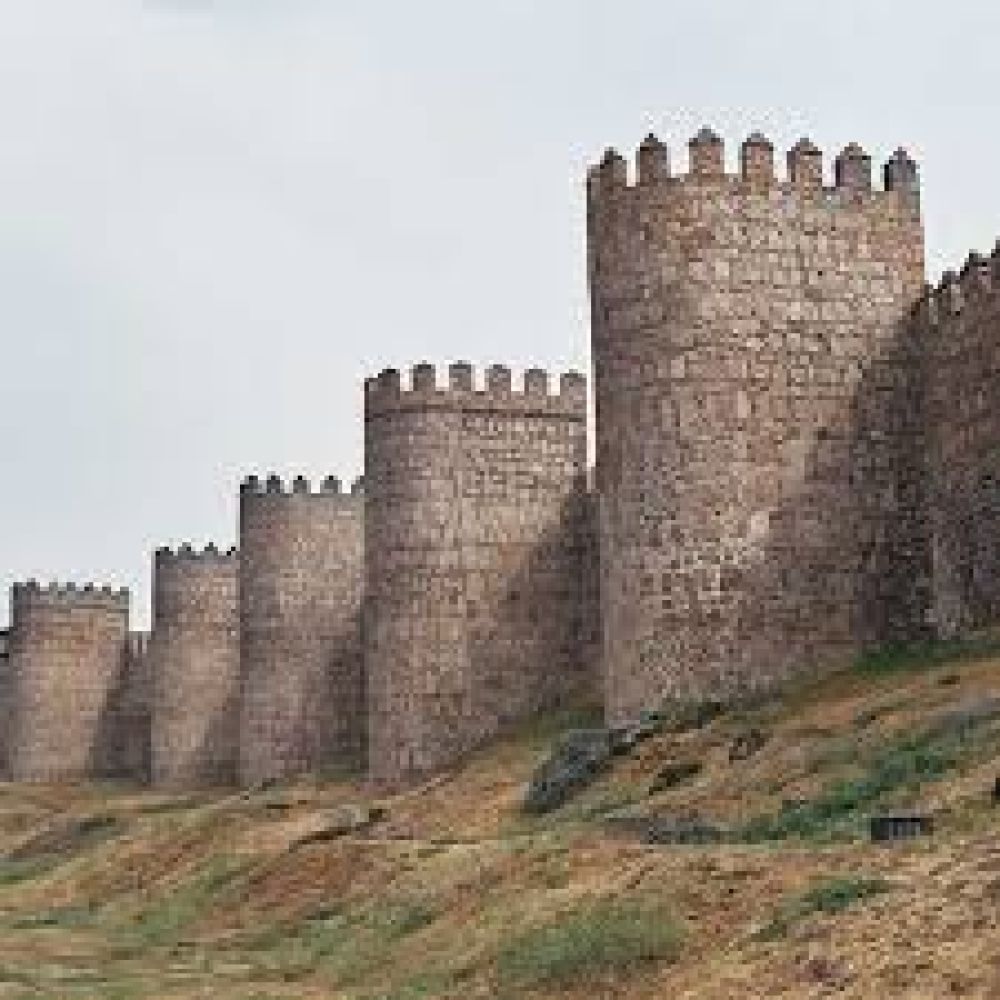

Byblos is one of the oldest continually inhabited cities in the world, and its Old Town is a testament to its rich and diverse history. The Medieval City Wall, which still stands today, is a significant historical landmark that has witnessed the evolution of this enchanting city. In this article, we delve into the history of tourism in Byblos, Lebanon, and spotlight the latest tourism trends that make this ancient city a unique and fascinating destination for travelers.
Byblos, known locally as Jbeil, is believed to have been occupied first between 8800 and 7000 BC and has since passed through the hands of numerous civilizations including the Phoenicians, Egyptians, Greeks, Romans, Crusaders, and Ottomans. This rich tapestry of cultural influences is reflected in the diverse architectural styles and ancient artifacts that color the cityscape. It is the very essence of these historical layers that have made Byblos a UNESCO World Heritage Site and a pivotal location for historians and archaeologists alike.
The Medieval City Wall of Byblos was constructed during the Crusader period and has been remarkably well-preserved through the centuries. This prominent structure served as a defensive fortification that protected the city from invaders and bore witness to the many confrontations and exchanges that shaped Byblos's turbulent history. Today, it stands as a symbol of resilience and continuity, drawing visitors from around the world who are eager to connect with the ancient past.
The exploration and excavation that began in the late 19th century reignited worldwide interest in Byblos. Travellers began flocking to the city to witness firsthand the excavations that unveiled temples, royal tombs, and the oldest inscriptions of the Phoenician alphabet. By the mid-20th century, Byblos had become a not-to-be-missed stop on the Lebanese tourism trail, with its ancient ruins, charming souks, and picturesque harbor becoming symbols of Lebanon's historical allure.
In recent years, Byblos has seen an evolution in its tourism industry, moving towards more sustainable and experience-oriented travel. Cultural tourism has been on the rise, with visitors looking to immerse themselves in the authentic heritage and lifestyle of the local community. Eco-tourism initiatives are also gaining traction, with an emphasis on preserving the city's archaeological sites and natural beauty for future generations.
The festival scene is another vibrant aspect of Byblos's tourism landscape. The annual Byblos International Festival has become a major draw, featuring world-class musical and theatrical performances against the backdrop of the city's ancient ruins. Additionally, gastro-tourism is becoming increasingly popular, as travellers seek to savor traditional Lebanese cuisine and explore the country's burgeoning wine industry.
Visitors to Byblos can experience the Medieval City Wall through guided tours or by leisurely strolling along its perimeter. It encircles the historical core of the Old Town, offering a tangible connection to the past. Beyond the wall, the Old Town's cobblestone streets, traditional Lebanese houses, and vibrant marketplaces beckon travellers with their charm and historical significance.
As Byblos continues to balance modernity with its ancient heritage, it remains an essential destination for those looking to explore the roots of civilization and discover the enduring legacies that shape our world today.